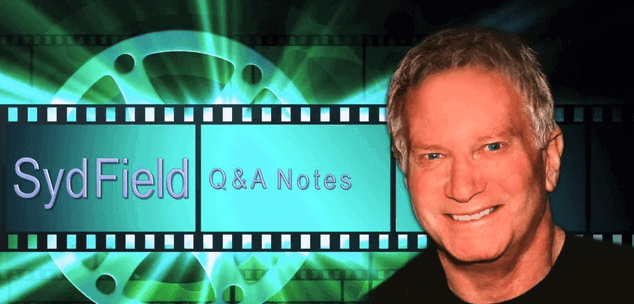Writing Visual Context vs. Directing While Writing
From Syd Field Q&A’s: “SETTING UP CHARACTER AND STORY, PART I”
From The Art of Visual Storytelling Webinar Archives
Q: Ramona asks, “Given that a screenplay is a story told with pictures, how much of that responsibility lies with the writer as opposed to the director?”
A: Now, that’s a very, very delicate answer. That’s a very delicate answer. You know, what we have to do is not tell the director how to film the scene. What we need to do is sketch in a visual context that the writer can write down in the screenplay and the director will take that concept and begin to put it on film in their own unique way.
So it’s a very delicate balance. You don’t want to give too much information. For example, on a chase sequence or in a romantic sequence, you don’t want to give too much information on the page. For example, you don’t want to give too many staged directions. Staged directions are what happens in the parentheses of your character and how she or he is reacting. So you just want to sketch-in the moment.
What I do in terms of my own screenwriting is I like stage directions. I mean, I like giving all the information so I know what and how the character’s reacting to something or acting. And what I’ll do is I’ll write everything with stage directions under the character’s name as we go through the storyline. And once that screenplay is ready and I feel it’s almost done, I will go through and remove all those character descriptions and actions that I have put in. Sometimes we want to be so visual that we’ll put in every single detail, and we can’t do that. We have to make sure that we give a visual context for the scene or sequence and then let the director direct it.
For example, a wedding sequence. Suppose you were writing a wedding sequence. And what we do is we just say, “Interior Chapel. Day. The bride introspective. Groom enters the chapel. And the family they get seated” and so on, but that’s all we need to say. We don’t need to tell the director “We want a close shot of this person’s wedding ring. We want a close shot of this person as she sits down. We want a close shot of the groom taking a picture.” You don’t do that. You just tell the story, let the director use his or her visual talent in order to film that particular scene or sequence. Good question.


Leave a Comment